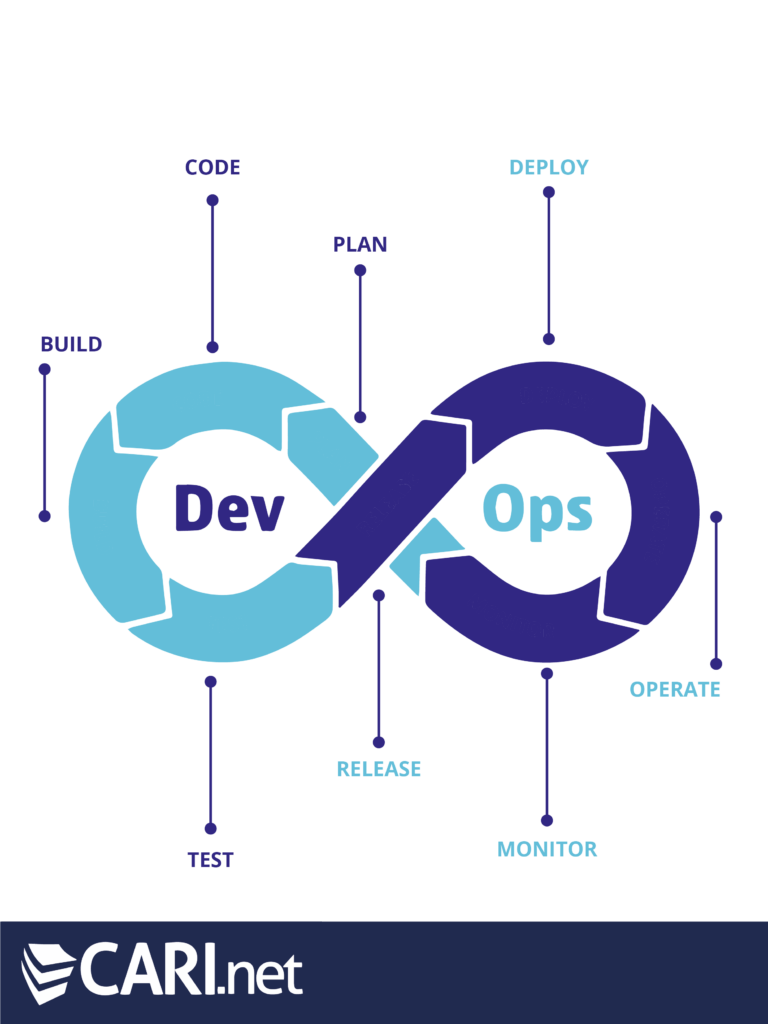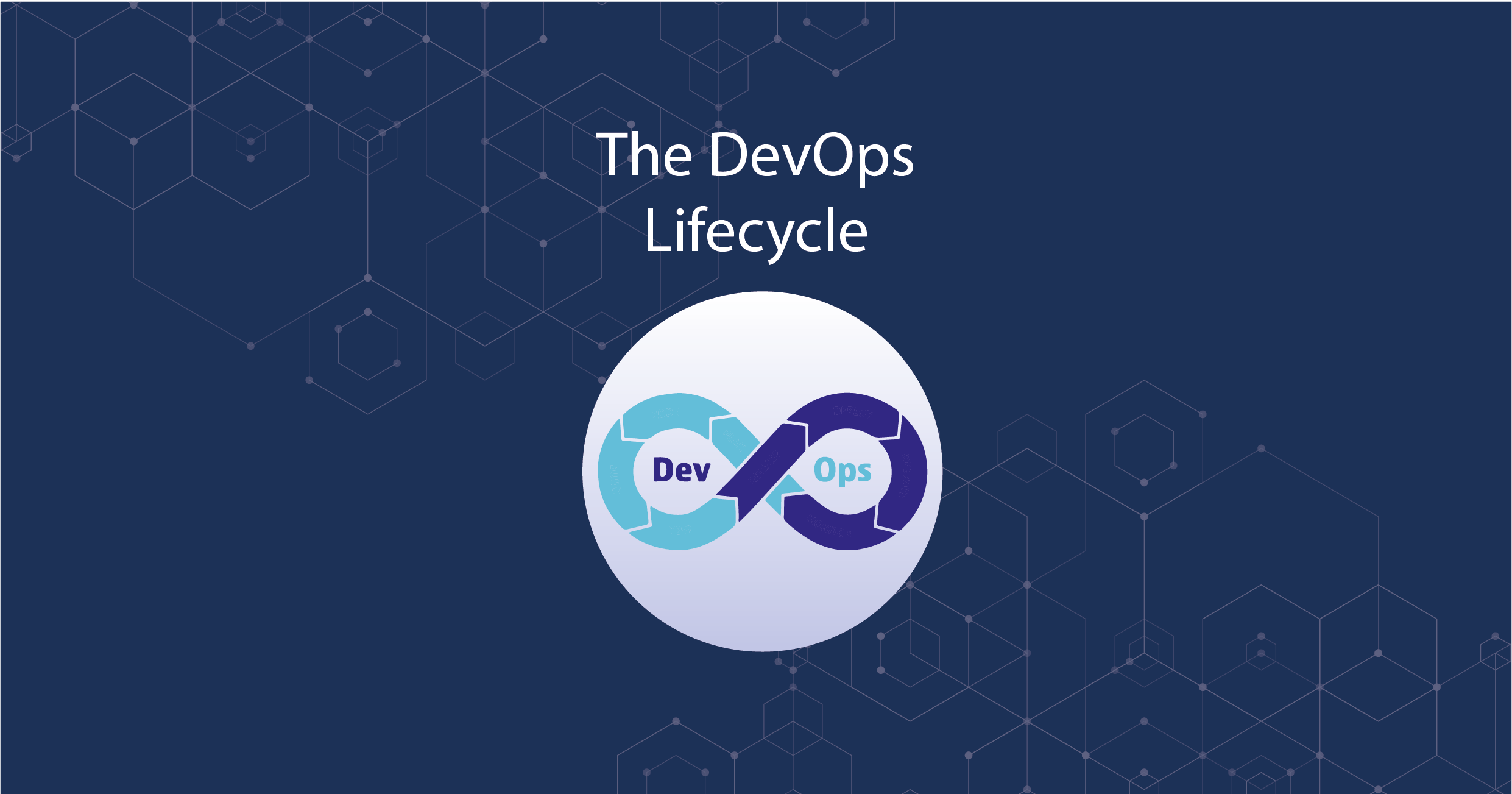In the software development world, there is an established order for each team member’s responsibilities and limitations.
On the one side we have developers, who are tasked with planning, coding, and testing. On the other side we have operations, who take over when software is released, and monitor performance.
Initially, this simple-enough approach was sufficient. However, as time went by, clients and users’ demands for extremely fast and highly adaptable software delivery, highlighted some underlying issues.
As a project’s timeline expanded due to new necessities, both parties had limited and far-apart collaboration, which resulted in negative long-term outcomes. Also, a blind spot was found in the implementation stage, a no-man’s land of “Who is responsible?” where code was usually returned to developers, often without clear directions.
Therefore, DevOps was created. It is a tactical approach, a set of practices and processes that combines development and operations in a single team that works on a continuous loop, to deliver software by feature, in fast, bite-sized improvements based on priority.
While the DevOps methodology has numerous benefits, it is worth emphasizing that it promotes the development of cross-functional skills in all team-members, which results in teams being able to focus on delivering outstanding user experiences in short deadlines.
An ongoing, iterative cycle.
The main goal of the DevOps tactic is to recognize the process of software development as an ongoing, iterative cycle, rather than a straight-line project delivery timeline.
At CARI,we are Microsoft Gold DevOps partners, and we proud ourselves in our DevOps portfolio.

